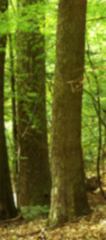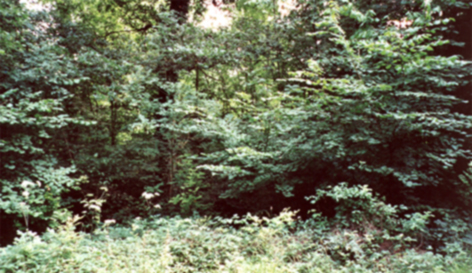
The natural forest — a life space for plants and animals
The forest situated in the South East of Ernster and partly belonging to the “Aarnescht “ area, is characterised by a high natural authenticity, with a lot of different kinds of trees (beech, oak, European Hornbeam, Tilia, cherry, maple or ash tree, Wild Service tree), shrubs, grasses and herbs. The very rare Service Tree can also be found here.
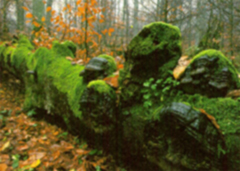
Old trees and coarse wood debris are typical elements of naturally grown forests
As this precious wood should continue to exist in its natural character, the government as its owner has renounced to manage this forest of 25ha for profit and has classified it into a protected forest zone. A protected forest zone is woodland which can grow naturally, without the human intervention, which means that no forest management is allowed (as for example logging, care or new plantations).
By these means the wood can become a natural and untouched kind of primeval forest. This parcel should regain its original characteristics as it had been some centuries ago. If the human interventions are stopped following process will happen: old and young, small and thick stemmed trees will grow together on a small surface, which will engender a lot of coarse woody debris.
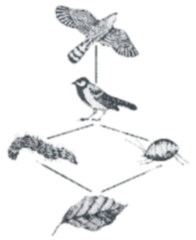
Example for a food chain
This habitat will offer a biotope to many special fauna species like for birds (middle spotted woodpecker, Habicht), beetles or boars and flora species like funghi (fly agaric, boletus mushroom).
The Service Tree (Sorbus domestica)
The Service Tree is one of the most rare wild berry trees in Luxembourg. It can be found predominantly on the east side of Luxembourg, as here in Ernster. 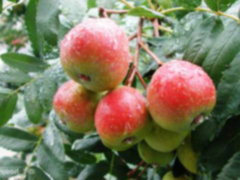 This tree is related to the Rowan tree and looks nearly the same. Service tree berries are very rich in sugars and minerals and with their size of a walnut look similar to small apples or pears. They carry a high amount of tannin and are not immediately edible. In order to decompose the tannin, the fruits have to be stored and can then become useful in the cider production for example. In Luxembourg a sort of spirits had been done out of these fruits.
This tree is related to the Rowan tree and looks nearly the same. Service tree berries are very rich in sugars and minerals and with their size of a walnut look similar to small apples or pears. They carry a high amount of tannin and are not immediately edible. In order to decompose the tannin, the fruits have to be stored and can then become useful in the cider production for example. In Luxembourg a sort of spirits had been done out of these fruits.
The natural forest — a life space for plants and animals
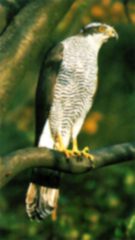 Eurasian |
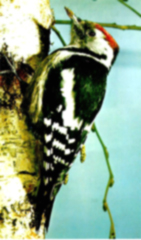 Middle spotted woodpecker |
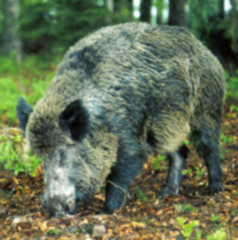 Wild boar |
Funghi, together with bacteria and other micro organisms are actively participating to the disintegration of dead organic material.
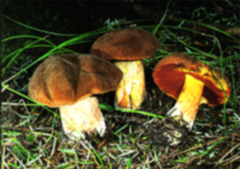 Boletus erythropus |
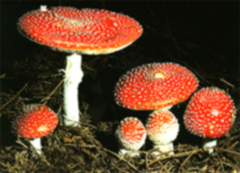 Fly agaric |

